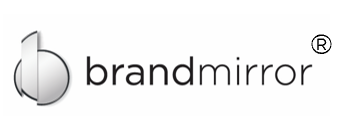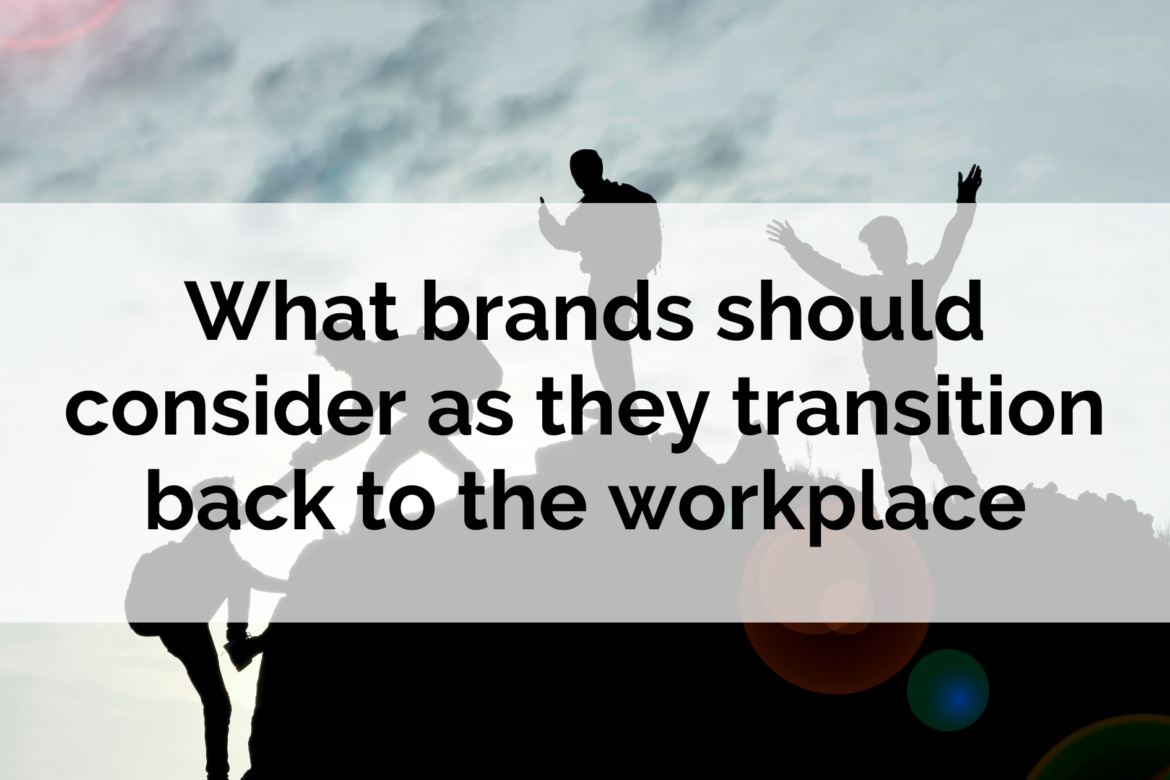For the last year and a half, we have all felt that we were stuck in Groundhog Day, or some weird Daylight Savings Day (Fall Forward), but we fell forward a year. Much of the stress was around surviving the pandemic and adjusting where necessary. As we return to work, a lot has changed. How are brands adapting as they look ahead? Here are a few questions to consider as your organization decides where to focus the last half of this year and creating stability and generating trust where possible.
1. How do you want people to feel as they interact with your brand for the remainder of the year?
Last March and April if you were reading the mood of the country, you were proactive, reassuring, re-focused, and aligned your brand with the needs you were able to fulfill. As things open up, your audiences need to know that the business can be relied on to deliver. Your brand has an opportunity to engage people where they are at this time, and promote a vision for moving forward. You can approach this in a number of ways, but make sure to have a plan and consistent execution. Many companies are providing a balance of setting expectations as well as flexibility for employees as they return.
2. Review your messaging — is it on point and still relevant?
For many businesses, the messaging shifted quickly to address the challenges and opportunities of the pandemic. With things opening back up, we recommend you do another review of your strategy to make sure you aren’t lagging behind. Are you making references to shortages of toilet paper or other issues that have long since evolved? It is important to look at internal and external messaging — what are telling your employees as well? How are you setting expectations? Many companies are allowing employees to apply to remain as remote workers, some companies have a hybrid approach. (Read more here: Here are the companies rushing workers back to the office — and the ones that aren’t).
3. Review your internal and external marketing — do you have messaging and/or campaigns you need to stop or collateral to update?
When your messaging shifts, it makes sense that you invest in marketing to reflect the change. Many brands came out strong with a whole new strategy to engage their audience during the pandemic. For instance, Nike had a multi-pronged pandemic campaign about staying fit while staying home. As you focus on the return to work, do a full review of all your marketing campaigns and collateral to make sure you aren’t using stale materials that reflect a pre-pandemic or pandemic message. It is important to understand where your audience(s) are when it comes to what they are thinking and feeling. For many people, if not everyone, this is not a return to a “new” normal. We are figuring out how to move forward, not go backward. Here is a great piece by Jack Johnson, Chief Advocacy Officer at Destinations International, on why “new normal” is not a helpful phrase.
4. How are you supporting your team, clients, and stakeholders as they transition back to in-person (and likely continue to have some elements of virtual)?
Your brand is more than ad campaigns; it is about how you want your audience to feel. While many are breathing a sigh of relief to be able to move forward, there is lingering fear and even trauma over the past 15 months. Instead of trying to get “back to normal,” it’s important to acknowledge that people need to “onboard” — whether it’s employees coming back to work, in-person client meetings, or other transitions from a Zoom economy. Have you figured out how to continue to reach people who want to stay virtual out of nervousness or convenience? Are you planning hybrid or parallel interactions? In many ways, this new period will be even more complex than full physical isolation, make sure you are prepared to meet the needs as they come. In a recent PEW study, 54% of employees wanted to continue working from home.
5. Are you getting engagement or simply having a one-way dialogue with your team, clients, or stakeholders?
As we start getting together again in the real world, make sure that you meet your audience where they are. Now is the time to leverage surveys and other ways to gauge what needs, wants, preferences, and dislikes come up when it comes to your brand. Work on fixing the latter and focus on delivering value in the former. For example, a campaign to reward people getting vaccinated speaks to the moment, and it encourages engagement. Consider how you want to create engagement in a hybrid workplace. Now is a great time to revisit communication channels and identify which ones will work best for your culture and team moving forward.
The world is has been disrupted and how we move forward requires intentional planning and decision making. Every brand has an opportunity to consider how they want to evolve with the times. It is important to stay nimble as things progress forward and adjust our brand strategy to meet the moment while remaining aligned to a long-term purpose and vision.
Jen Dalton is a personal brand specialist with entrepreneurship in her DNA. Her book, Listen: How To Embrace the Difficult Conversations Life Throws at You, is an insightful guide into navigating tough talks. She helps business owners and executives define how they show up as leaders, make the most of their strengths, and tend to their legacy, growth, and visibility. The author of two books, frequent speaker, podcaster, and “Purpose Sherpa,” Jen is a critical resource for any person or company that wants to define their brand and differentiate themselves in authentic, credible, and relevant ways to the market. Visit BrandMirror for more information.

